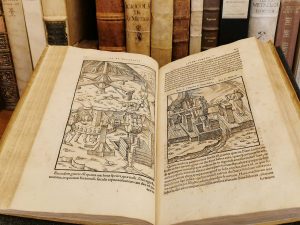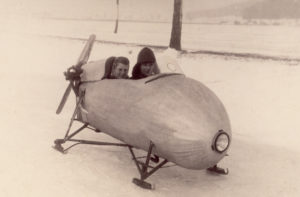
The dream of flying
The great names in global history weren’t the only ones who dreamed of flying. Even in the Zürcher Unterland, people were designing and building. Lack of money and scarce resources gave rise to some exceedingly creative aircraft.
101-year-old Willi Maag from Niederglatt has clear memories of the flight meetings that always took place on Sundays, which he and a handful of like-minded people often went to by bicycle. His photo albums document the beginnings of model flying in the 1930s, but also the early days of aviation in Switzerland.
During this period, the first home-made free-flight aircraft were produced. ‘At that time, there were no kits in Switzerland. The models weren’t much more than glued wood and fabric,’ says Willi Maag. In 1940 he competed at the National Flight Day in Solothurn, and promptly landed in first place with his glider ‘Grashüpfer’ (Grasshopper). The model stood out due to its unconventional design. The aircraft consisted only of wings and an engine. But he was the first model glider pilot in Switzerland to fly with an engine.
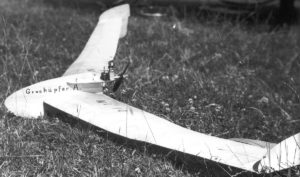
Willi Maag’s unconventional model plane ‘Grashüpfer’, which raised a few smiles at first but then flew into first place.
By courtesy
BOAT IS ALSO A SLED
The dream of flying seemed to be within reach when Willi Maag and his friends inherited a hang glider from the Bülach gliding club. What the craft lacked was an engine and an airtight coating on its textile wings. An engine was found in the form of an ABC boxer engine that was actually meant for a motorcycle. The project was scuppered early on due to lack of money. The dream of flying had come to an end, but not the desire to build a model. The group of enthusiasts cheerfully carried on tinkering. A member of the group had previously designed a model of an aircraft that was shaped a bit like a zeppelin. Now they needed to add the engine for propulsion. A fragile-looking, cigar-like vehicle was built from wood and ordinary sewing materials.
That first impression was deceptive: the thing actually worked, and was extremely stable. With floats affixed to the sides, it chugged across the waters of the Zürcher Unterland at 20 to 25 kilometres an hour. In winter, runners replaced the floats, and the sled reached around 80 km/h on the ice. There was room for two people in the boat/sled. The outbreak of war and the associated fuel shortage put an end to these innovative goings-on.
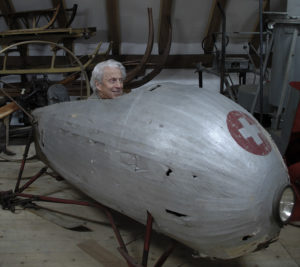
One-time aviation pioneer, hobbyist and farmer Willi Maag in his boat, which was also a sled.
Katrin Brunner
As inventive as the home-made craft was, Willi Maag couldn’t completely give up his dream of flying. He worked at home on his parents’ farm, and his limited spare time was spent on his self-built model flying machines and outings to the take-off sites for these manned gliders, which from today’s perspective were often quite risky.

In the 1940s there was a very active flying scene on the Lägern.
Swissair
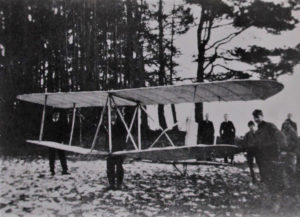
Hang glider from Bülach, which never lifted off with an engine.
by courtesy
CATAPULTED INTO THE AIR
From August 1944, one of these take-off sites was in the Lägern mountains, 860 metres above sea level. At the Hochwacht trig point a simple catapult with a pulley and winch system was set up, and it was from there that the Dübendorf gliding club (later Lägern Gliding Club) enabled gliders to take off towards the Furttal. A 1,200-kilo balance weight provided the necessary momentum. The aircraft had to be launched like this because fuel was scarce during the war years. The gliders were usually transported by horse-drawn cart and assembled on site. On sunny weekends, scores of curious onlookers came to watch the flights. Aeronautical highlights included the launch of the Elfe P2, a light glider with newly developed narrow wing profiles. The Swiss record for a flight with passengers, from Lägerngrad to Solothurn, was also set. But after the war, all was quiet on the mountain once again. The gliders soon moved into ‘their’ new airfield near Dällikon in the Furttal.
For Willi Maag, who would have loved to become a pilot, life had a different plan. He took over his parents’ farm. But flying remained his dream for the rest of his life, and that dream came true when he finally flew as a passenger.

Because of World War II, petrol was rationed, so the pilots built a catapult on the Lägern which flung the gliders into the air.
Photopress



